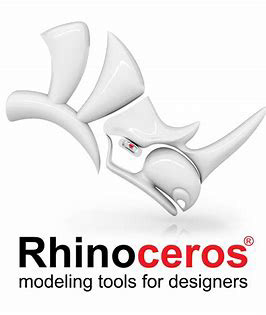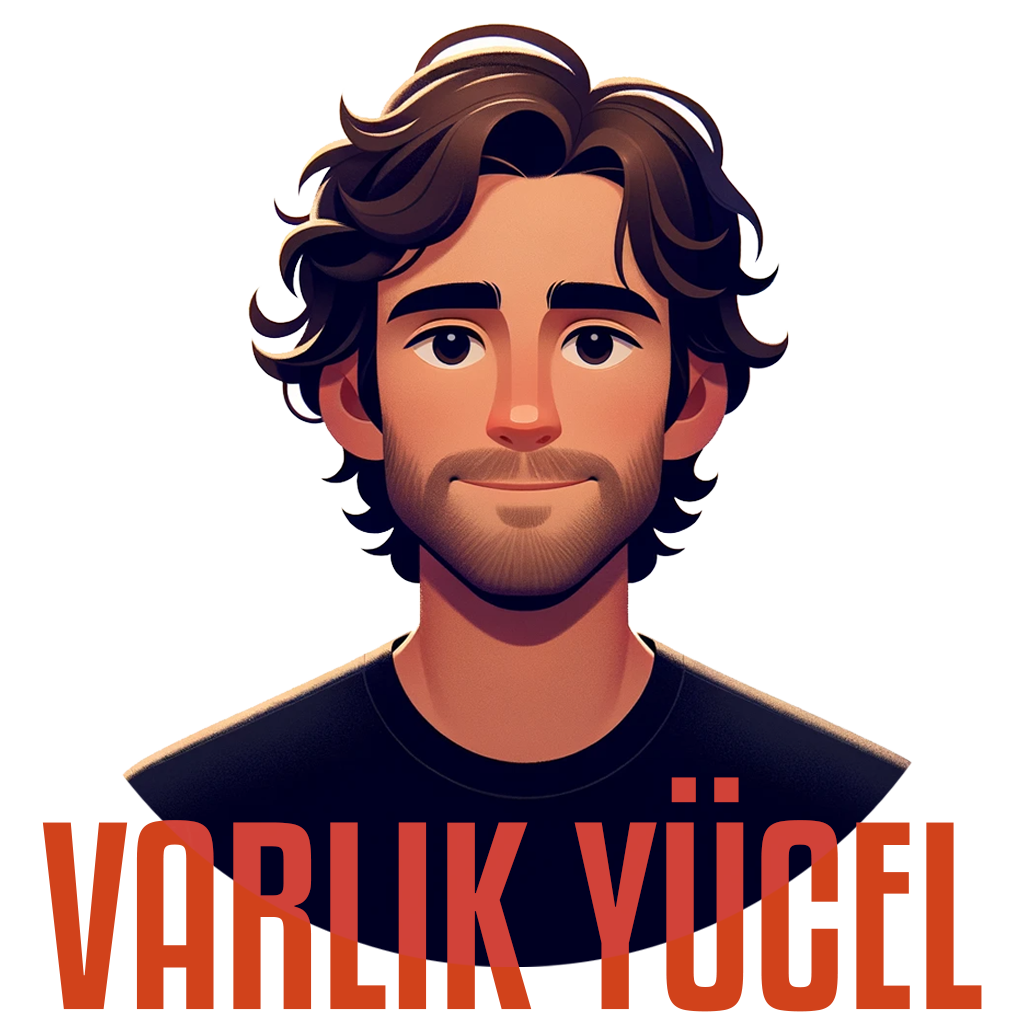🧰 Tools

Processing

Java

Rhinoceros 3D

Grasshopper
🧑 Role
Research, Design and Software Development
🤝 Contributers
Ilke Yıldan: Research, Design and UI development
🏆 Awards
"Yurtbay Seramik" National Pattern Design Award: Honorable Mention
Selected output of the software has been sent to competition. We awarded with the honaable mentioned. ANd recieve money award.
📃 Publishing
Yucel, V., & Yildan, I. (2017). Form follows algorithm: differentiation of chladni patterns through mathematical functions in processing. In Proceedings of the 20th Generative Art Conference GA2017 (Vol. 5).
🎓 Academic
The early phase of this study conducted as a part of Generative Systems in Architectural Design couurse, instructed by Prof. Dr. Gülen Çağdaş, Architectural Design Computing Graduate Program (MBL) in Istanbul Technical University.
💼 Commercial
The reulting vectoral geometric patterns of Cymatify Pattern Generation widel available in various platforms. You can find them on Shutterstoc, Vector Stock and iStock by Getty Images. You can find more information on Cymatify Patterns website.
Project Details
Derived from and inspired by Chladni patterns and cymatics, this study aims to contribute to the algorithmic visualizations of mathematical functions in computer programming environment which has led to exploration and creation of various patterns. Mathematical operations which derived from periodic functions associated with different variables to control patterns. Software called Cymatify is introduced which developed in Processing. Cymatify allows users to generate patterns by modifying mathematical functions and variables. In the scope of this study, outcomes of the pattern generation will be discussed in the context of complexity, unpredictability and diversity of the patterns.
Processing 2.2.1 which is an open source programming software is used to digitalize the proposed pattern generation framework. Integrated graphical user interface allows users to create and manipulate various patterns. In this section methods and procedures will be explained, user interface will be introduced, and the outcomes will be discussed.
Proposed interface of the software is consist of two parts. A window for displaying patterns and a menu for manipulating variables. In the menu part, there are 7 buttons placed to manage the type of the function (1), frequency value (2), size of the grid (3), the density of the grid (4), and color of the patterns (5) for generating and manipulating patterns. Users can choose and modify these variables with left-click or scroll through the buttons. Stroke button (6) can be used to stroke each grid in the pattern. Stroking patterns makes difference in low densities. Also, the interface allows users to export their generated patterns as PDF files. The program automatically creates a folder named as PDF, saves those files by automatically naming them as users click the export button (7), and assigns files a name according to date when patterns are created which include the year, month, day, hour and minute.
In this study, a novel pattern generation tool introduced with the Chladni’s experiment as a source of inspiration. The underlying fundamental of the Chladni patterns is the wave phenomenon. It is possible to differentiate from Chladni patterns with the visualization of this phenomena within the proposed framework. Using periodic functions is a decent way to realize and visualize this phenomena. It is possible to create unique and intricate patterns in different complex structures. The resulting patterns can be varied by manipulating the density and frequency variables, and different combinations can be derived by the users. Furthermore, pattern variation can also be differentiated by diversifying the periodic functions in the source code of the software. It is observed that the software is capable of producing infinite amount of diverse patterns hence the variety created within the periodic function.
This study includes two-dimensional pattern production in a 2D plane. As a next step, it is aimed to modify the algorithm in order to produce 3D patterns. In this context, we are carrying out various studies. By using the 3D modeling program Rhinoceros and the Grasshopper plug-in, proposed pattern generation method has been reconstructed in the 3D environment (Figure 16). It is predicted that various sectors such as architecture, product design, interior design and so on can benefit from the patterns that emerged as the result of this study. In addition, since these 3D patterns will be defined in the digital environment, it will also be possible to physically manufacture them easily by using devices like CNC and 3D printer
